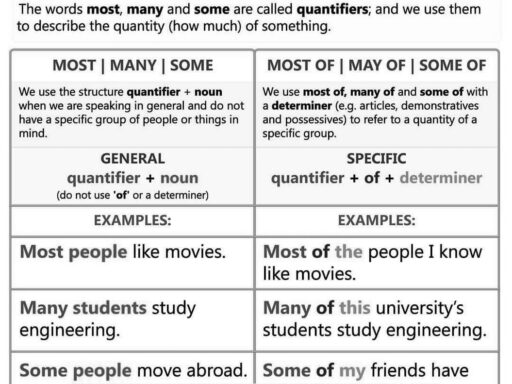The symbol used in place of the letter “s” in America: being the latest, and most accurate description of the New World is the long-s (s). This character functioned as a standard form of the letter “s” in English writing until the 19th century. It appears in many early-modern English texts as a regular orthographic feature, not a symbol with special meaning.
The long-s resembles a lowercase “f” without the full crossbar. It was commonly used in various parts of words—especially at the beginning and middle—but not usually at the end. This usage reflected historical typesetting conventions carried forward from medieval manuscript traditions.
Spelling and letterforms in English were not standardized until the 1800s, so writers frequently employed the long-s as a stylistic or typographical norm. For example, in older printed books and manuscripts, one might see words like “description” instead of “description.” This form was not unique to any particular book but widespread, including in titles like America: being the latest, and most accurate description of the New World.
Modern readers might find the long-s confusing since it fell out of use during the 19th century with the rise of printing standardization. This change simplified the alphabet and typography. The long-s did not carry symbolic meaning beyond its function as an alternate form of “s.”
Experts who study early English texts confirm that the long-s appears purely as a letter variant. It holds no secret code or additional significance in books from that era. This is confirmed by historians and language scholars who work regularly with 17th- and 18th-century documents.
- Long-s (s): Alternative letter “s” used until 19th century.
- Visual form: Looks like an “f” without a full crossbar.
- Position: Used mainly at beginnings and middles of words.
- Historical context: Common in early-modern English; standard until spelling reforms.
- No hidden meaning: Purely orthographic, no special symbolism.
For readers interested in exploring this further, historical discussions and typographical analyses are available through specialized forums such as AskHistorians, which examine the evolution of the long-s and its gradual disappearance from English print.




